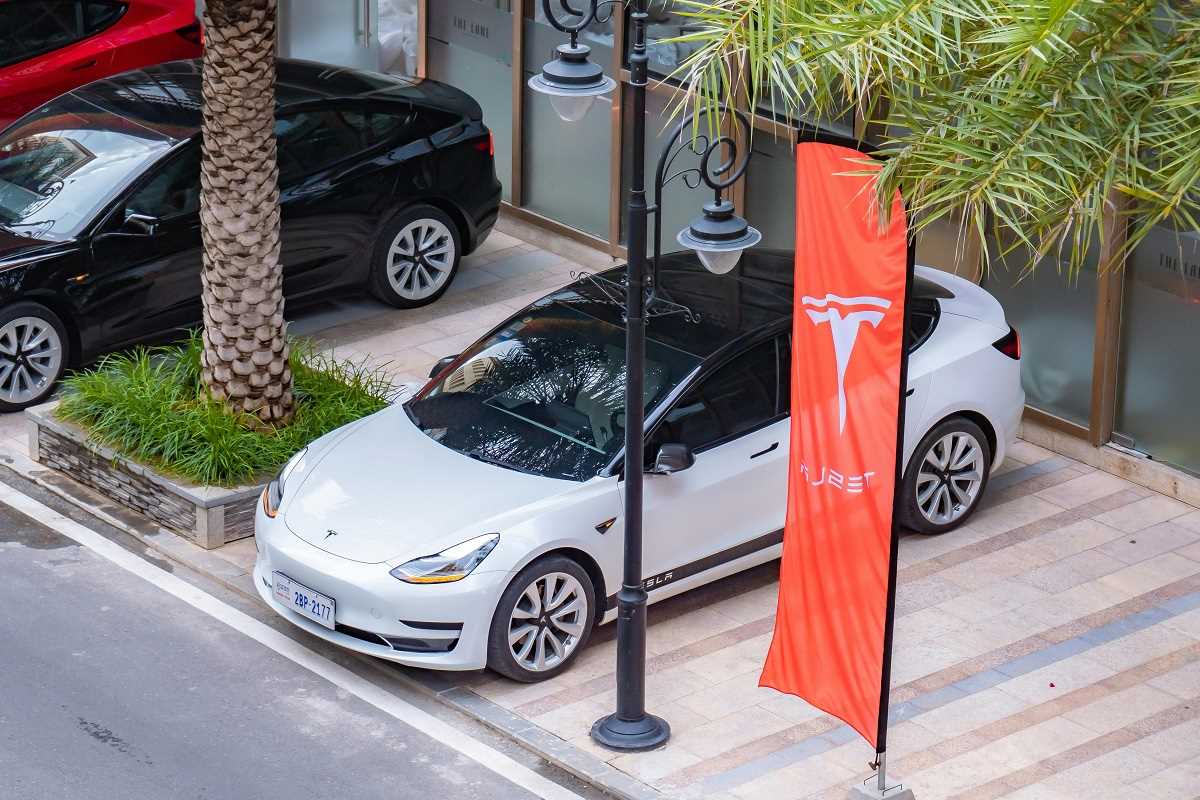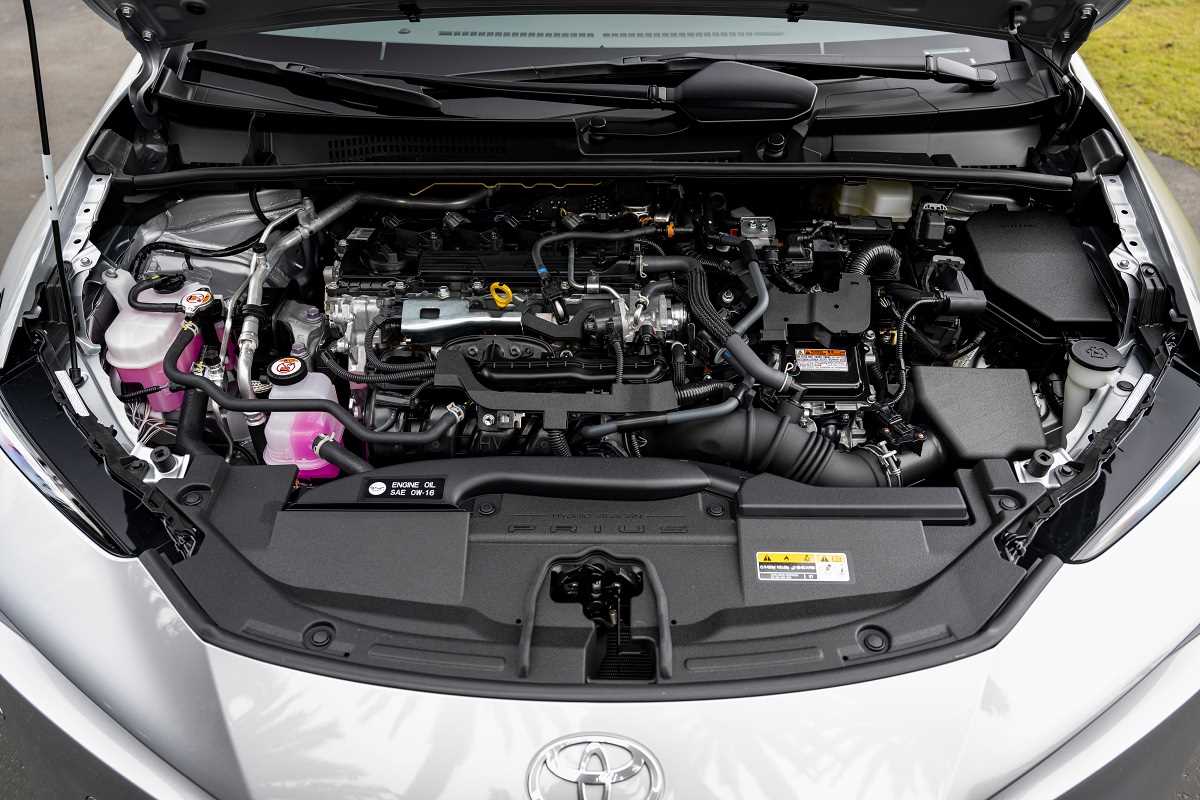Flying cars have been a captivating part of science fiction for decades. From futuristic cityscapes in movies to predictions of airborne highways, the idea of zipping through the sky to avoid traffic has captured our collective imagination. But how close are we to turning this vision into reality? With recent technological leaps and growing interest from startups and governments alike, flying cars are no longer confined to the realm of fantasy. However, the road, or rather the sky, to their adoption is riddled with challenges. From safety concerns to regulatory hurdles, the viability of flying cars raises questions about how practical they really are as a mode of daily transportation.
The Dream of Flying Cars Meets Technology
The concept of flying cars has existed for over a century. Engineers and visionaries have designed prototypes in the past, but only recently have technological advancements made the dream seem achievable. Key breakthroughs in areas like lightweight materials, battery efficiency, and autonomous systems are at the core of this progress.
Electric Vertical Takeoff and Landing (eVTOL) aircraft are one of the most promising developments in this field. These vehicles combine electric propulsion with the ability to take off and land vertically, akin to helicopters. Unlike helicopters, though, eVTOLs are designed to be quieter, more energy-efficient, and easier to operate. Companies like Joby Aviation and Lilium have already unveiled sleek prototypes that demonstrate how eVTOLs could make flying cars a reality.
Joby Aviation, for example, has been working on an eVTOL capable of carrying up to four passengers. The vehicle has a range of about 150 miles on a single charge and produces significantly less noise than traditional aircraft. Another contender, Lilium, has developed an innovative jet-powered eVTOL with plans to roll out air taxis by the mid-2020s. These advancements suggest that the underlying technology for flying cars is no longer science fiction—it exists today.
Artificial intelligence (AI) and autonomous systems also play a critical role. Given the complexity of navigating the skies, full automation might be necessary to make flying cars safe and accessible. Companies like AeroMobil and Wisk Aero are exploring autonomous systems to ensure these vehicles can fly without requiring passengers to hold a pilot’s license. This not only makes them more user-friendly but also addresses concerns about human error in the airspace.
Challenges in the Air
Despite these technological strides, significant challenges remain. The viability of flying cars hinges on overcoming obstacles related to safety, regulation, and infrastructure.
Safety Concerns
Flying cars introduce a host of safety challenges. Unlike ground vehicles, they operate in three dimensions, increasing the risk of accidents due to mid-air collisions or mechanical failures. The technology controlling these vehicles must be nearly flawless, especially in densely populated urban areas. Even with autonomous systems in the mix, doubts persist about how flying cars will cope with unpredictable weather conditions, equipment malfunctions, or even cybersecurity threats.
For instance, an eVTOL stalling midair could have disastrous consequences. Unlike traditional aircraft, which have redundant systems and are piloted by trained professionals, flying cars designed for personal use may not have the same level of robustness. These concerns make safety the single biggest hurdle for public and regulatory approval.
Regulatory Hurdles
Air travel is already one of the most heavily regulated industries in the world, and introducing flying cars into this space raises complex questions. Who will have the authority to certify flying cars for commercial use? How will air corridors be managed in cities, where space is already limited? Will flying cars require new licensing systems, and what happens in case of liability during accidents?
Currently, organizations like the Federal Aviation Administration (FAA) and European Aviation Safety Agency (EASA) are beginning to develop policies around eVTOL aircraft. However, creating a seamless set of rules and standards globally is a monumental task. Without established regulations, many companies developing flying cars cannot realistically move to commercial production.
Infrastructure Gaps
For flying cars to become a practical mode of transport, cities will require new infrastructure. Vertiports—specialized hubs for takeoff, landing, and battery charging—will have to be built, especially in urban areas. Retrofitting existing infrastructure for such a radical change could involve massive investments, potentially making flying cars inaccessible to all but the wealthiest individuals.
Additionally, integrating this new form of transport with existing systems like public transit, ride-sharing services, and air traffic management is a logistical challenge. Without adequate infrastructure, flying cars are unlikely to scale beyond niche applications like luxury travel or emergency services.
Potential Impact on Urban Transportation
If flying cars overcome these challenges, they have the potential to revolutionize urban transportation. Imagine bypassing the frustration of rush-hour traffic or reducing a 90-minute commute to just 15 minutes. Flying cars could not only save time but also reduce road congestion, improve mobility in areas with poor public transit, and even lower carbon emissions, depending on their energy source.
For example, some experts believe flying cars could serve as a "last mile" solution in urban transit systems. Instead of relying solely on buses or trains, people could take a flying car from a train station to their final destination. This could enhance the efficiency of existing public transport systems and make personal vehicles less necessary.
Emergency services could also benefit. Ambulances or rescue teams using flying cars could reach remote or congested areas far faster than ground-based vehicles, potentially saving lives. Companies like PAL-V are already exploring flying cars capable of such uses.
However, the high costs associated with flying cars could make them inaccessible to most people. Critics warn that flying cars might end up widening the gap in urban mobility, creating a class-based system where only the wealthy can afford the best transportation options.
Who’s Building the Future?
Several companies are racing to bring flying cars to market. Here are some key players:
- Joby Aviation: Backed by big names like Toyota, Joby is developing an eVTOL with a projected launch for commercial use by 2025.
- Lilium: This German-based startup plans to introduce a flying taxi service by 2025, relying on a five-seater eVTOL powered by 36 electric jets.
- AeroMobil: Known for their roadable aircraft prototypes, AeroMobil aims to deliver personal flying cars for consumers by 2027.
- PAL-V: This Netherlands-based company has developed the PAL-V Liberty, a gyrocopter-style flying car already available for pre-order.
While timelines vary, most companies anticipate their vehicles will become viable over the next decade. However, there’s growing skepticism about whether these projections will materialize on schedule. Developing commercial flying cars that are safe, affordable, and integrated with existing systems is no small feat, and delays are inevitable.
Optimism vs. Reality
The case for flying cars is compelling. They promise convenience, speed, and a futuristic glow. Optimists view them as the next evolutionary step in transportation, comparing today’s criticism to the skepticism faced by cars or airplanes when they were first invented.
Yet skeptics argue that flying cars are a logistical nightmare. They point to regulatory uncertainties, unproven safety systems, and economic barriers as evidence that flying cars may never achieve widespread adoption. Some even label flying cars a luxury gimmick, better suited for niche markets like tourism or limited-use cases rather than mainstream transport.
The truth is likely somewhere in between. Flying cars are closer than ever to becoming a reality thanks to advancements in eVTOL technology and AI. Early applications might involve air taxi services in select cities or specialized uses in industries like healthcare and logistics. However, achieving widespread adoption that replaces or supplements existing transportation systems may take decades—if it happens at all.
Final Thoughts
Flying cars have longed symbolized cutting-edge innovation, and today’s technologies bring us closer to the dream of a sky-high commute. However, the challenges they face are significant. While companies like Joby Aviation and Lilium are making incredible progress, hurdles like regulations, safety, and infrastructure cannot be ignored.
Whether flying cars become mainstream or remain a luxury item, they symbolize humanity’s drive to innovate and improve how we move through the world. Their future may not be entirely clear, but one thing is certain—their story has only just begun.
.jpg) (Image source: Midjourney)
(Image source: Midjourney) 

.jpg)



